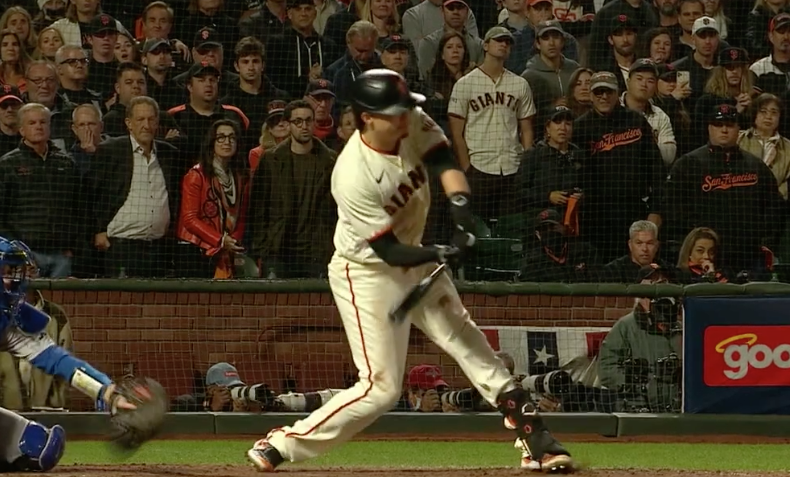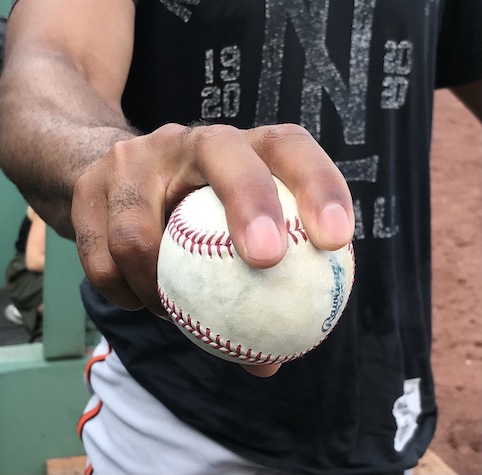In Grand Fashion, Boston Slams Houston in Game 2
The Red Sox evened the ALCS at 1-1 on Saturday evening with a convincing 9-5 road victory in a game that rarely felt even as close as the four-run deficit suggested.
Lance McCullers Jr.’s injury was one of Houston’s big storylines coming into this series, and the consequences could be seen Saturday as the Astros withered behind Luis Garcia, who likely would not have started this early in the series otherwise. Garcia is fortunate that the Rookie of the Year ballots were already tabulated before the postseason started, as his Game 2 loss was his second poor outing this October, and as in his first appearance, it was one bedeviled by poor location.
Trouble started quickly for Garcia as he fell behind 2-0 against totally stereotypical leadoff hitter Kyle Schwarber. The right-hander went right back to the fastball a third time, a pitch Schwarber crushed to deep right for a long double. Garcia received possibly his last bit of good fortune this game against Kiké Hernández, who hit a liner off a high fastball that was grabbed in an excellent dive-and-catch by Astros center fielder Chas McCormick. Rafael Devers worked his way back from an 0-2 count to a walk as Garcia fell into a pattern of nibbling. It worked against Xander Bogaerts, who went up there determined to hit a slider, but not so much with Alex Verdugo, who left his bat on his shoulder in a five-pitch walk. With the bases loaded, J.D. Martinez hit a liner to the opposite field for a grand slam, giving Boston a 4-0 lead. Read the rest of this entry »


